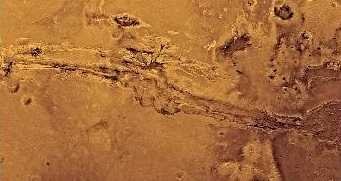6. Some stars are blue, others red, and yet others are yellow. What causes stars to be so many different colors?
From Quiz The Night Sky
Answer:
their temperature
Blue stars are the hottest stars, while red stars are the coolest. Our sun is yellow, which means it is about 5,200 to 6,000 degrees Kelvin. The more massive a star is, the faster it will burn, and the hotter it will be. This causes hotter stars to die more quickly, because they burn at a higher rate. Stars are classified on a scale of O, B, A, F, G, K, and M. O stars are the hottest, while M stars are the coolest. Our sun is a G star (on the bottom half of the scale, relatively cooler than the other stars).








 Quick Question
Quick Question

 Top 10% Rated Quiz,
Top 10% Rated Quiz,